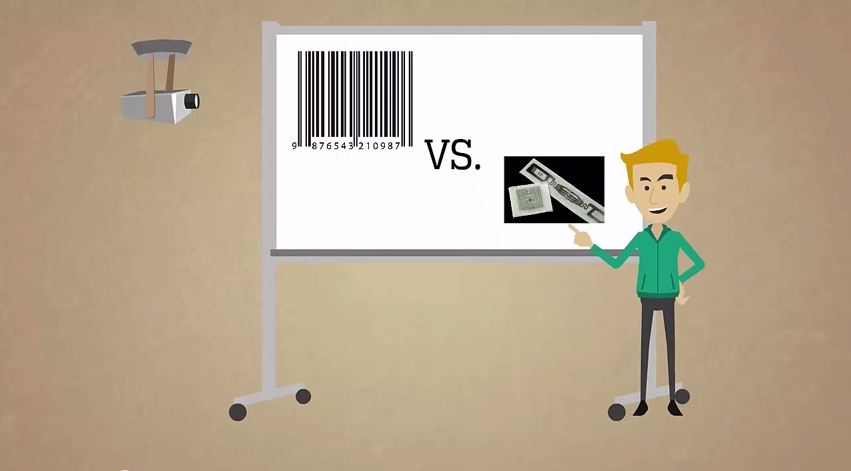In recent years, major domestic and foreign animal diseases continue to occur in a wide range of complex diseases, the epidemic prevention task is heavy. Other equipment is able to encode data on very thin UHF RFID transponders that are inserted into smart labels. RFID and barcode technology are similar in concept, but the two technologies have different methods for reading data. RFID reads data via radio waves and does not need a direct line of sight between the reader and the tag. RFID technology is more expensive and has fewer universal standards in the way they are used.
It is not necessary to have a line of sight between the RFID tag and the reader as there is with a barcode and scanner. Nearly 100% of RFID tags are readable, unlike items that contain a printed barcode, which can become damaged with improper handling. Even if RFID technology becomes as widespread as barcoding, it will not totally replace the universally accepted barcode technology. Besides the various types of RFID labels that are being printed for product tracking and security, plastic cards and badges embedded with RFID transponders are being produced.
Data from identification cards embedded with RFID tags can be read as people pass through a doorway. RFID tags embedded in security badges offer an alternative method for controlling access to sensitive information or limiting access to specific areas. Antennas can be built into warehouse doorframes in order to receive data as merchandise, cartons, and pallets of goods containing an RFID tag pass, through the doorway.
RFID costs may not become low enough for the tags to be used on all types of products and services. RFID tags can be used for a number of applications in the transportation industry for monitoring and tracking of vehicles and products. Commercial trucking facilities also use RFID systems to monitor truck movements in and out of a main terminal. RFID systems are very useful in the automobile manufacturing industry in tracking individual vehicles through the assembly process. RFID systems can help to eliminate the problems that occur with unreadable barcodes. When used for tracking bags at an airport, RFID tags contain a unique number assigned to the bag.
Many people mistakenly believe that RFID is similar to GPS (Global Positioning System) and can be used for detailed tracking, but RFID has a range of only a few feet so this isn’t possible. Another misconception that people have is that the movement of products with RFID tags can be tracked even after the product is purchased. Most active RFID tags have a read range of about 25 feet, which means the RFID is basically useless outside of the retail store or business. Systems are now available that provide RFID technology for printed documents without the need for a microchip.


